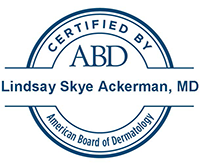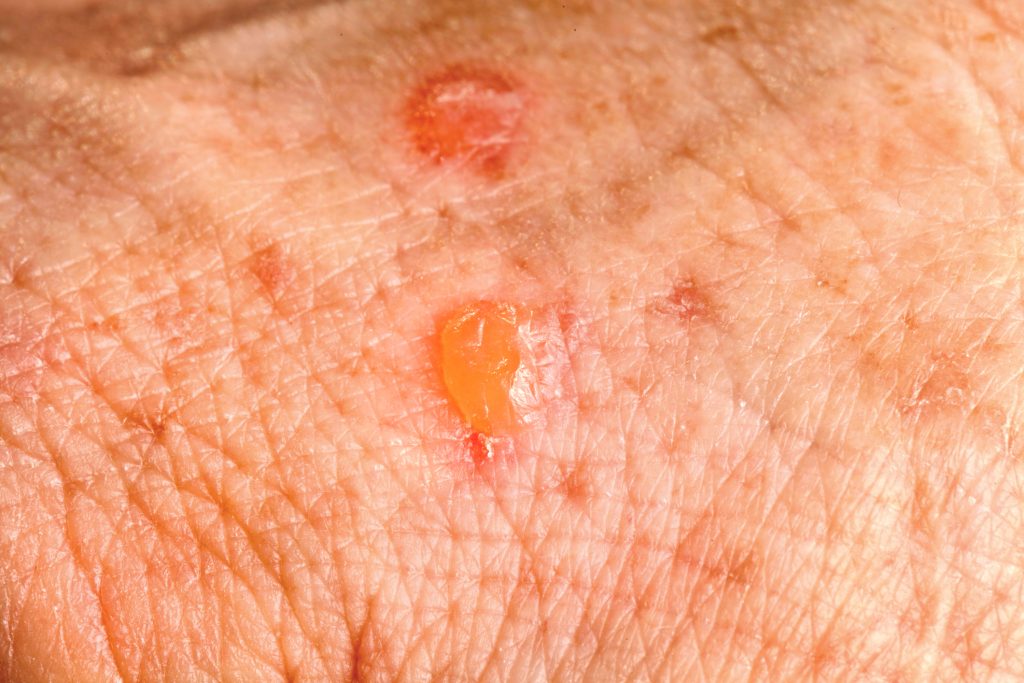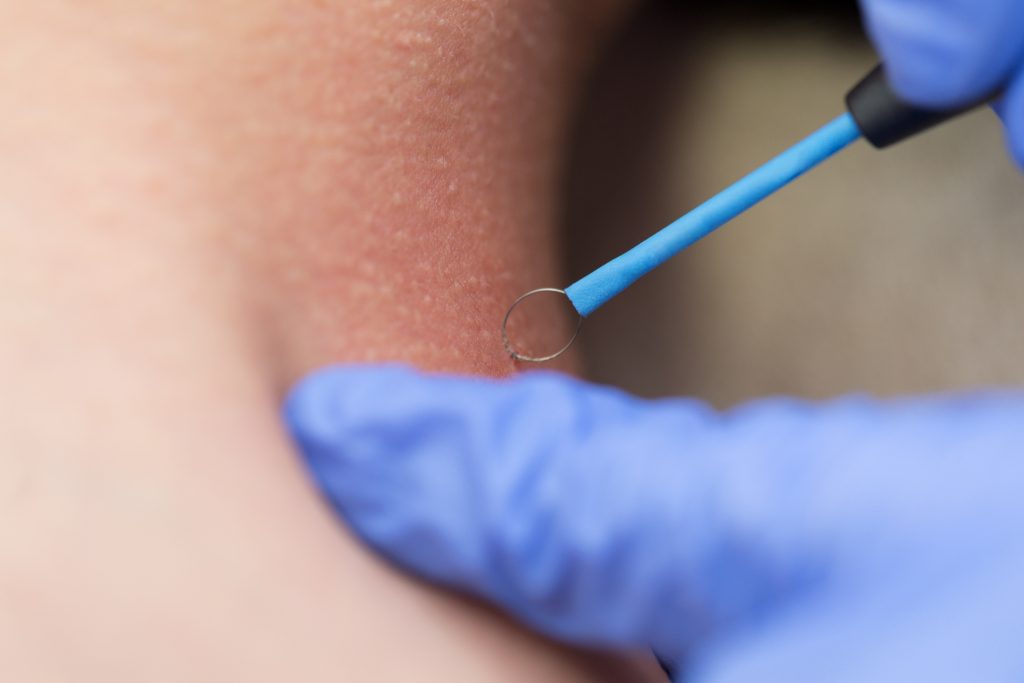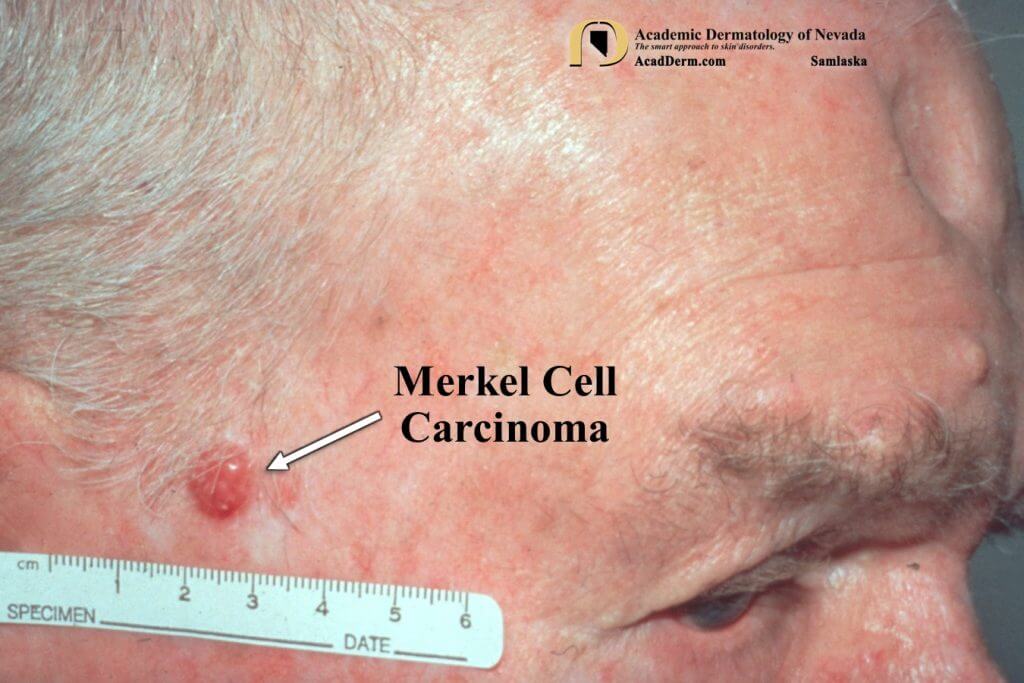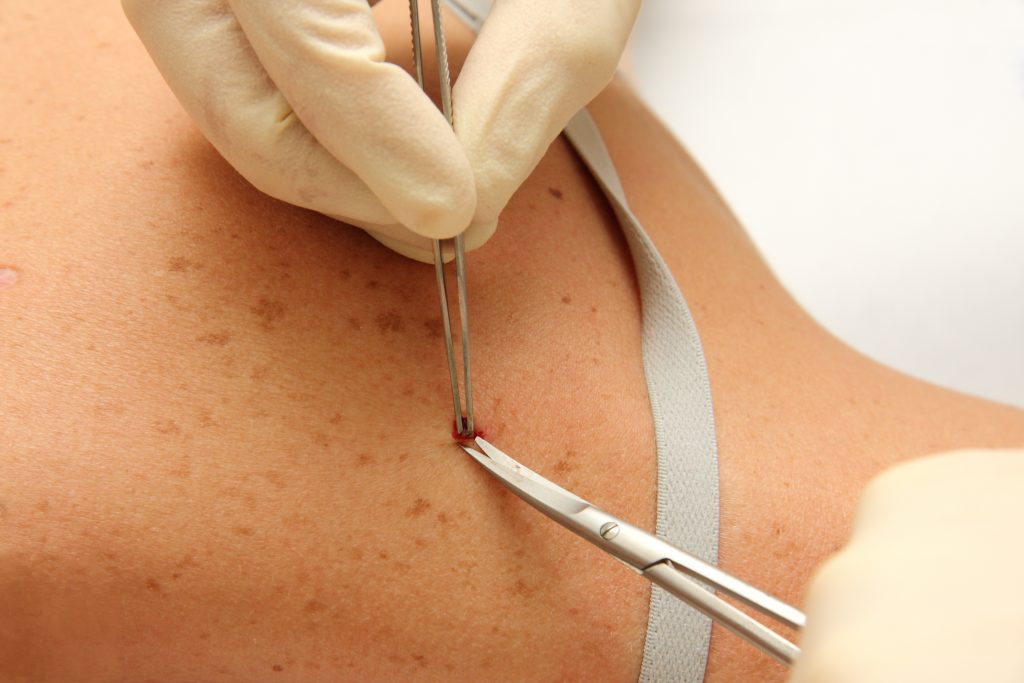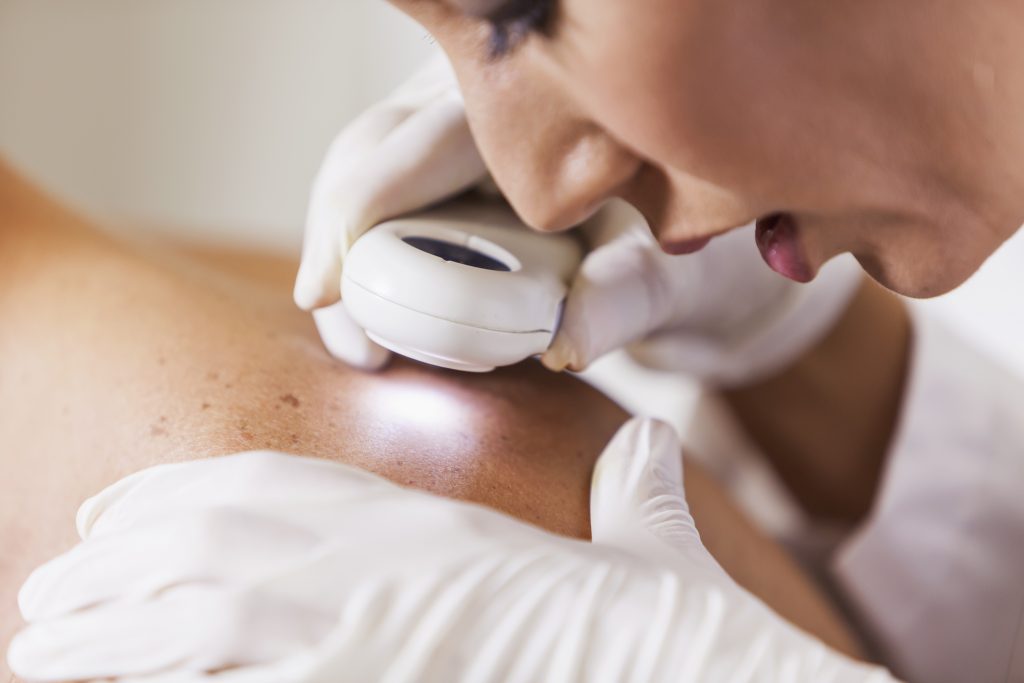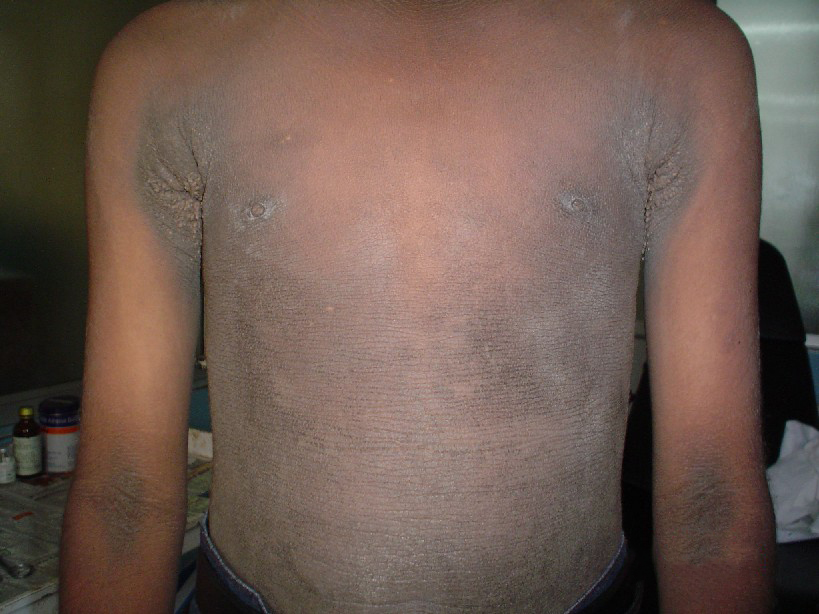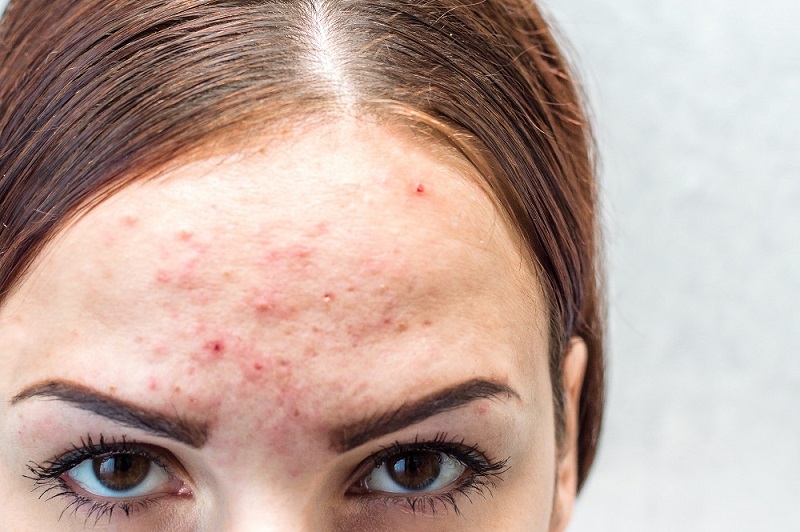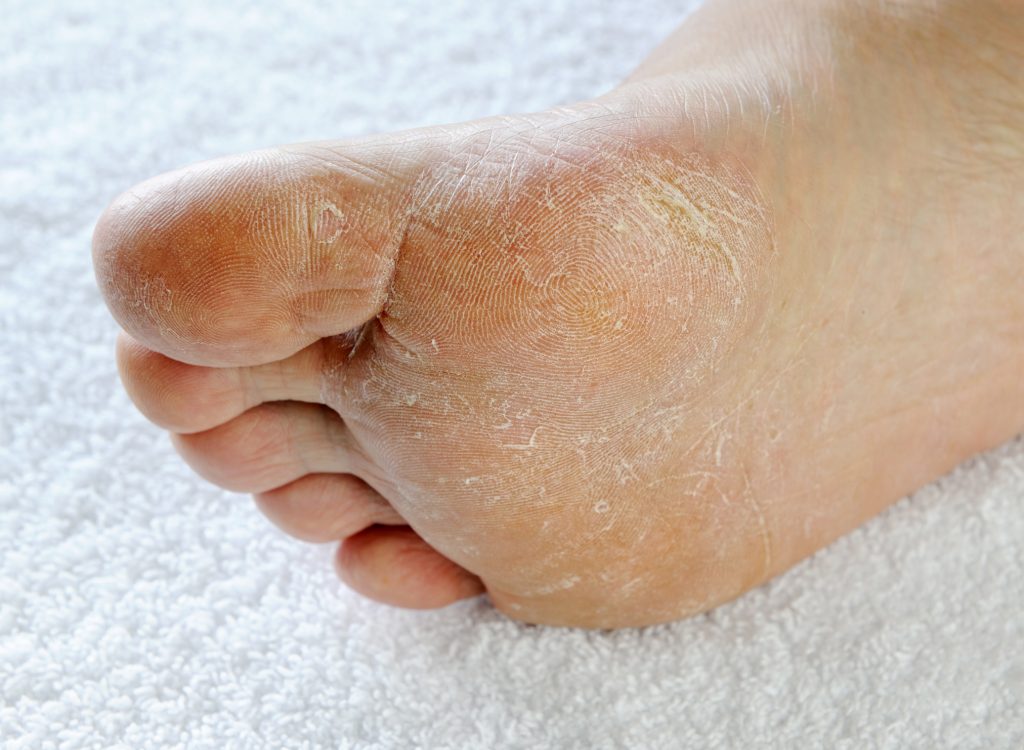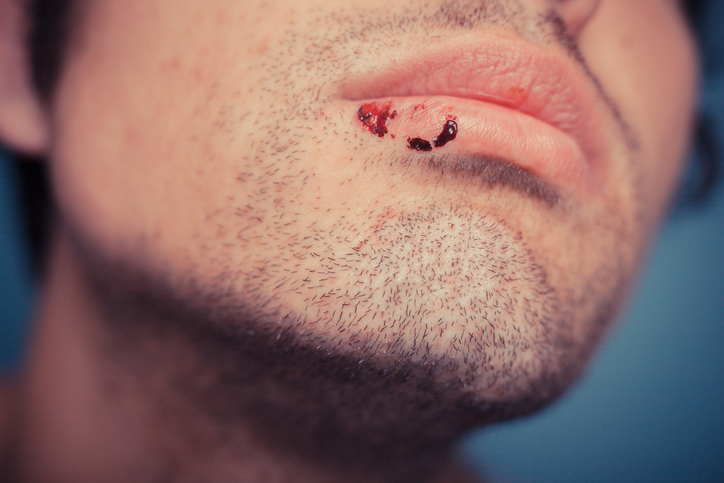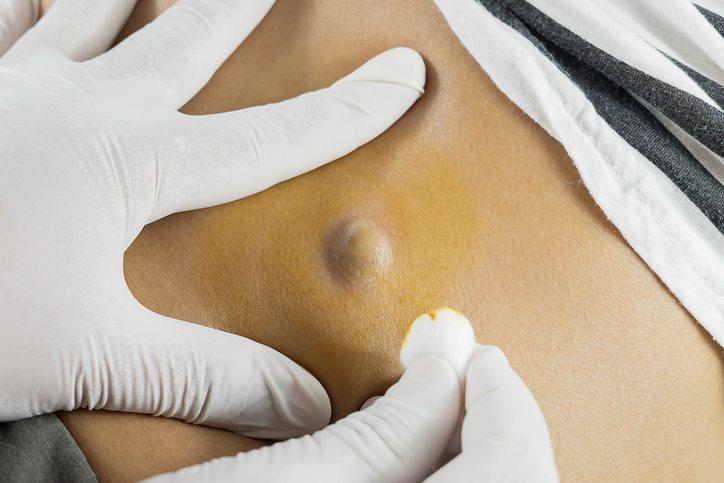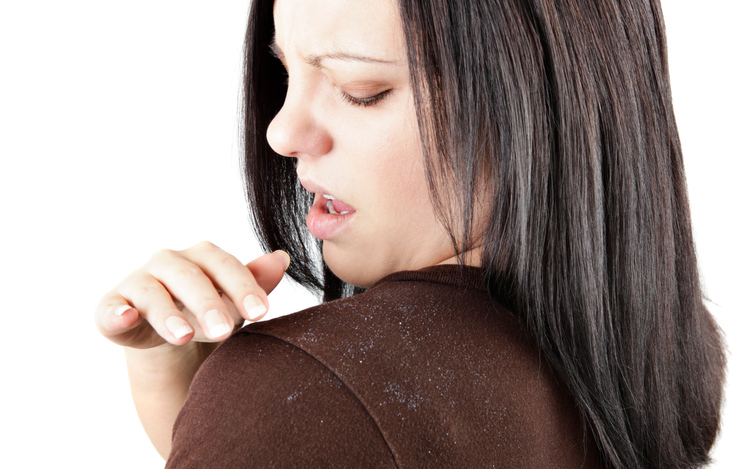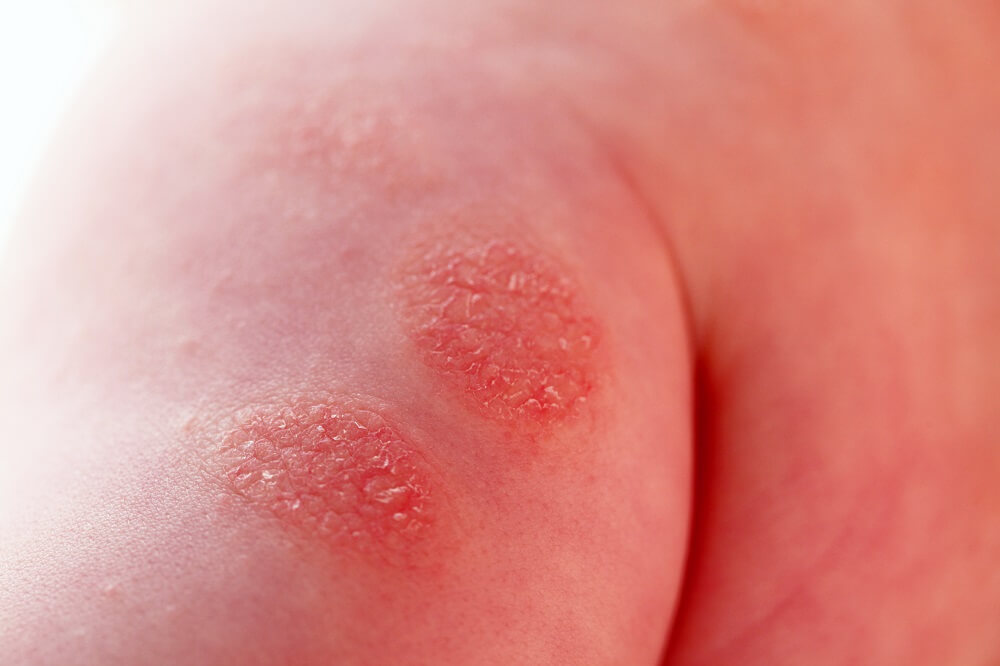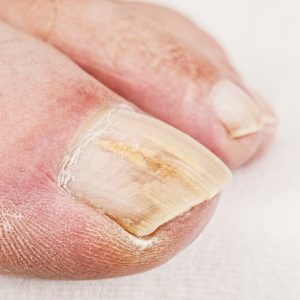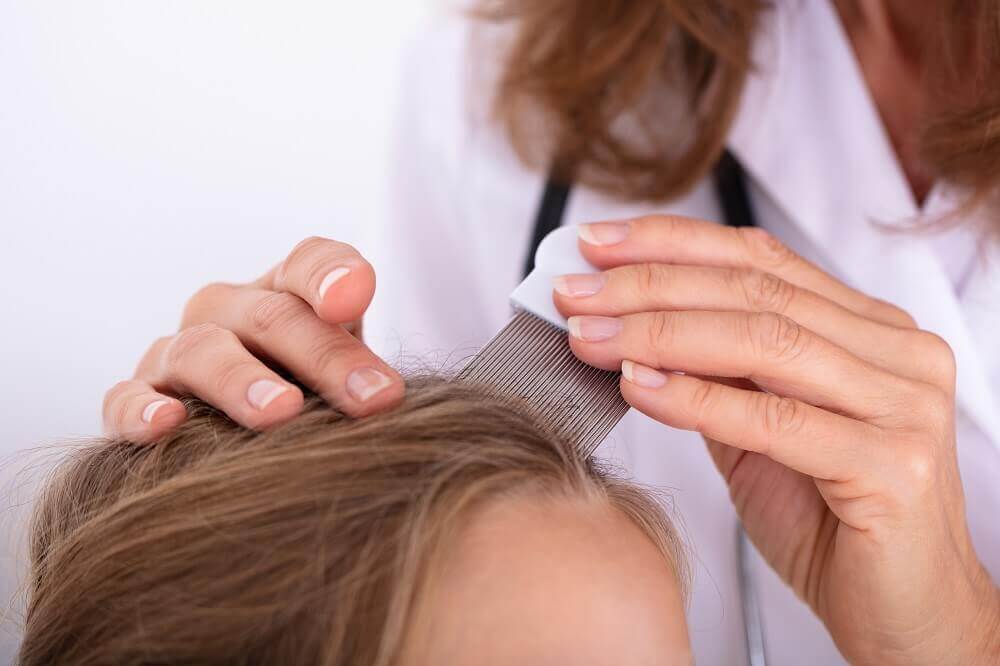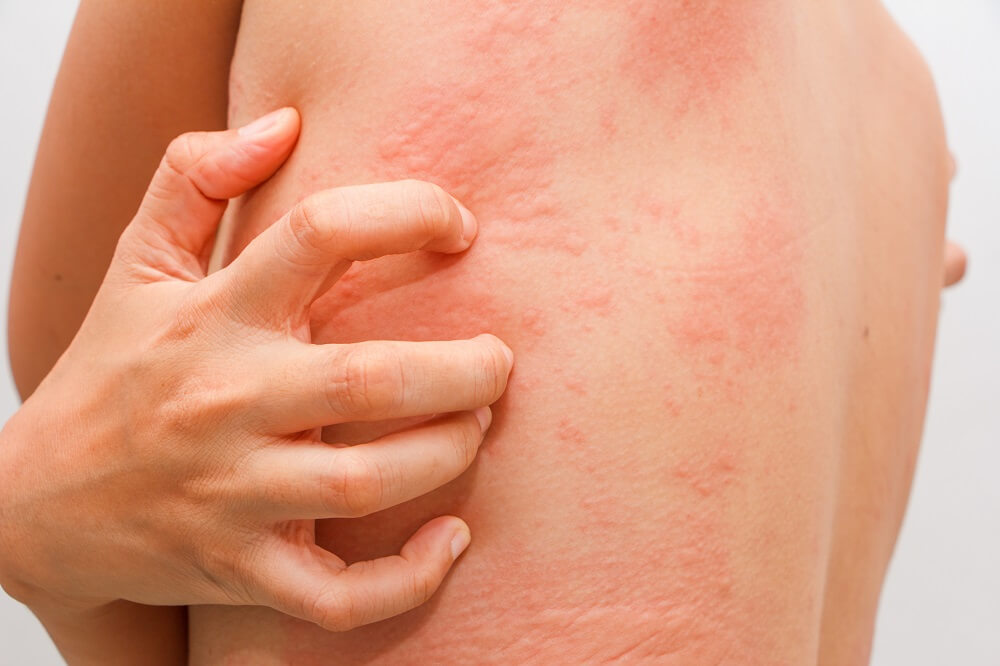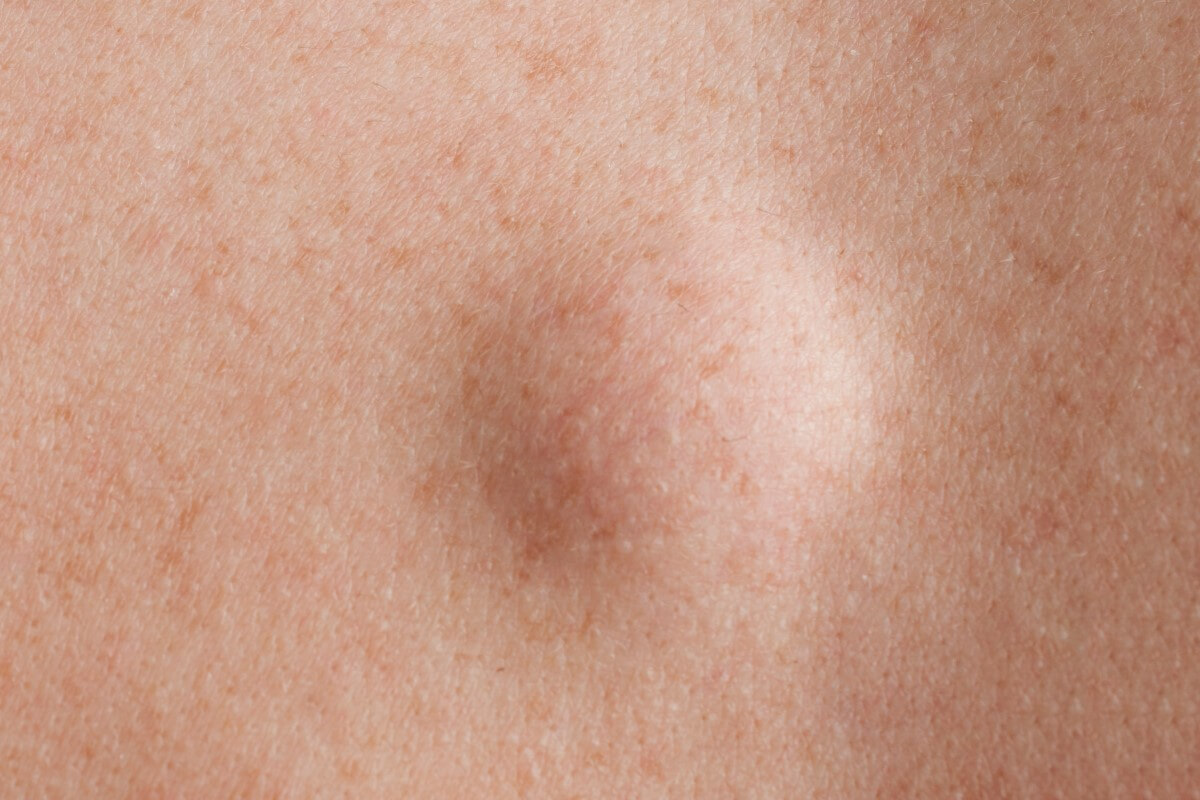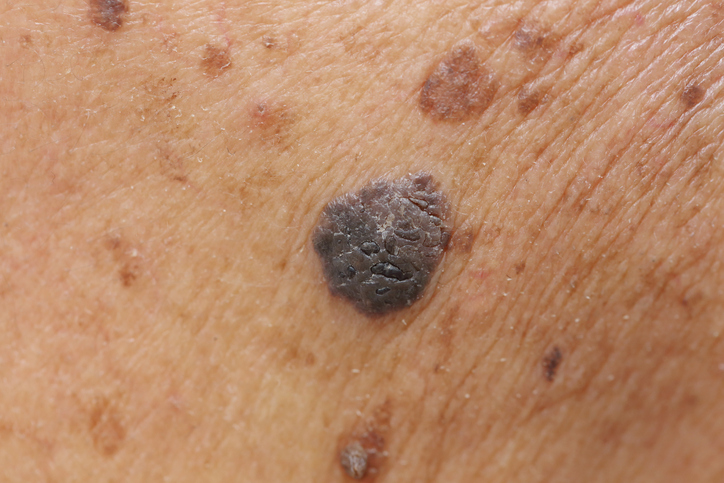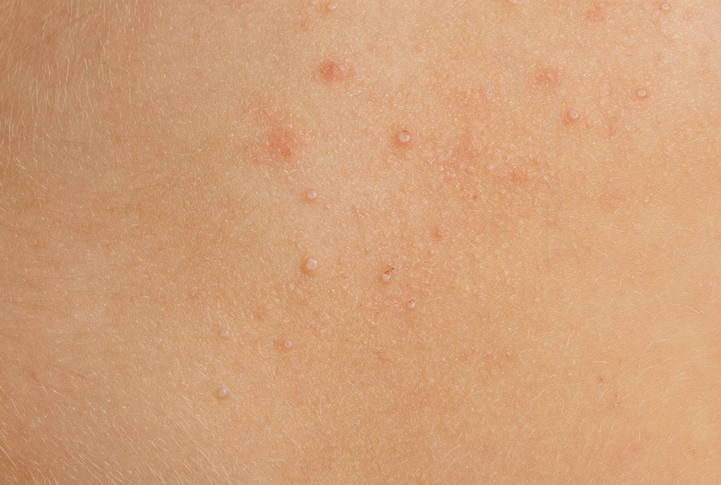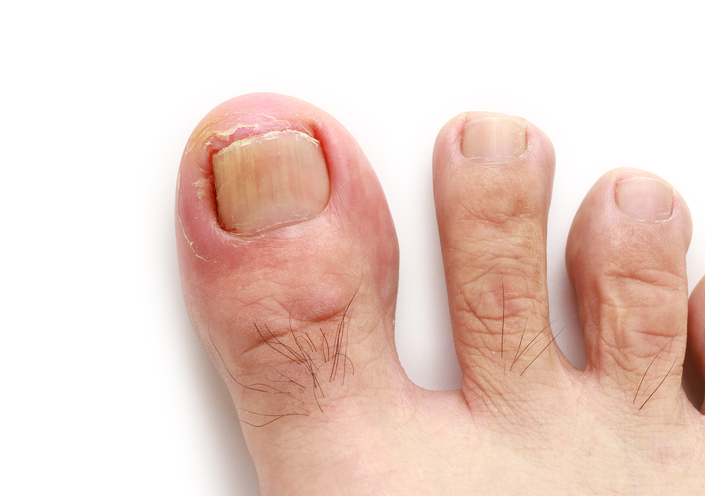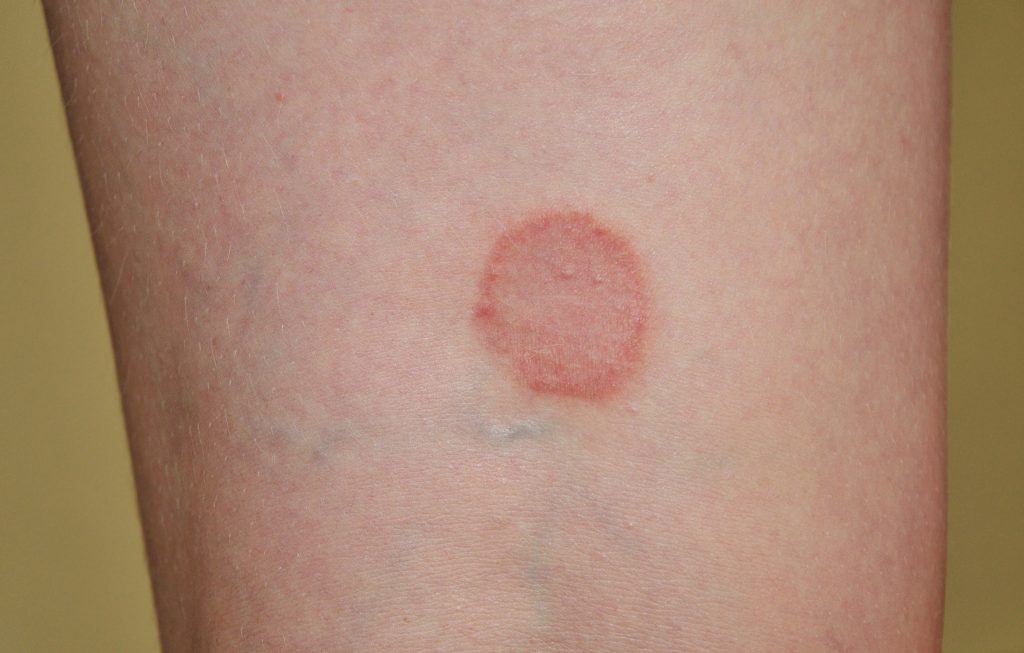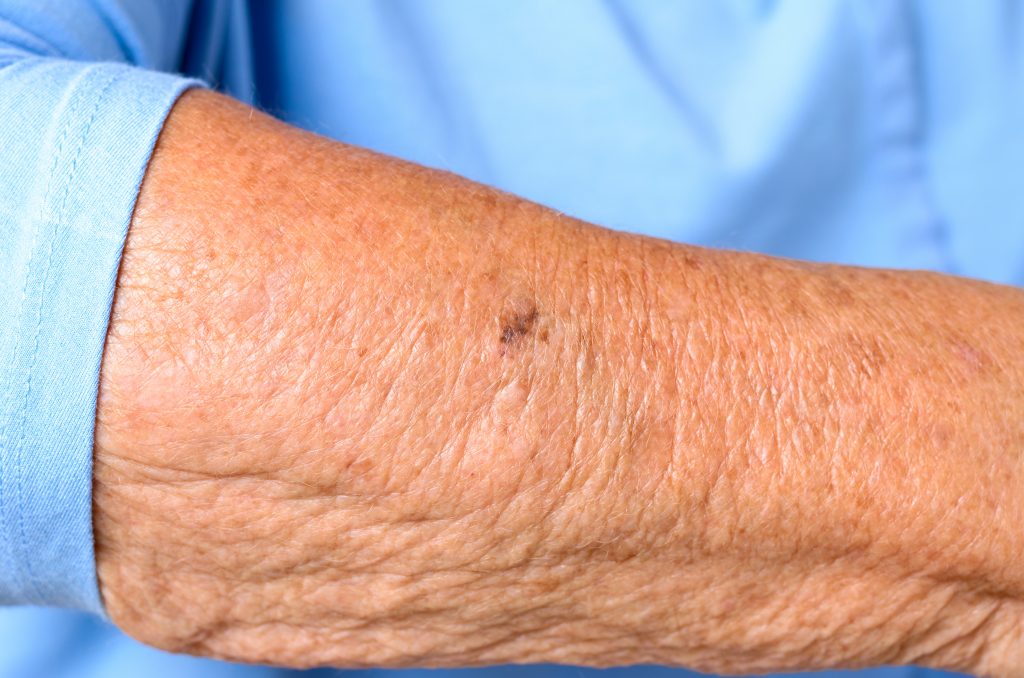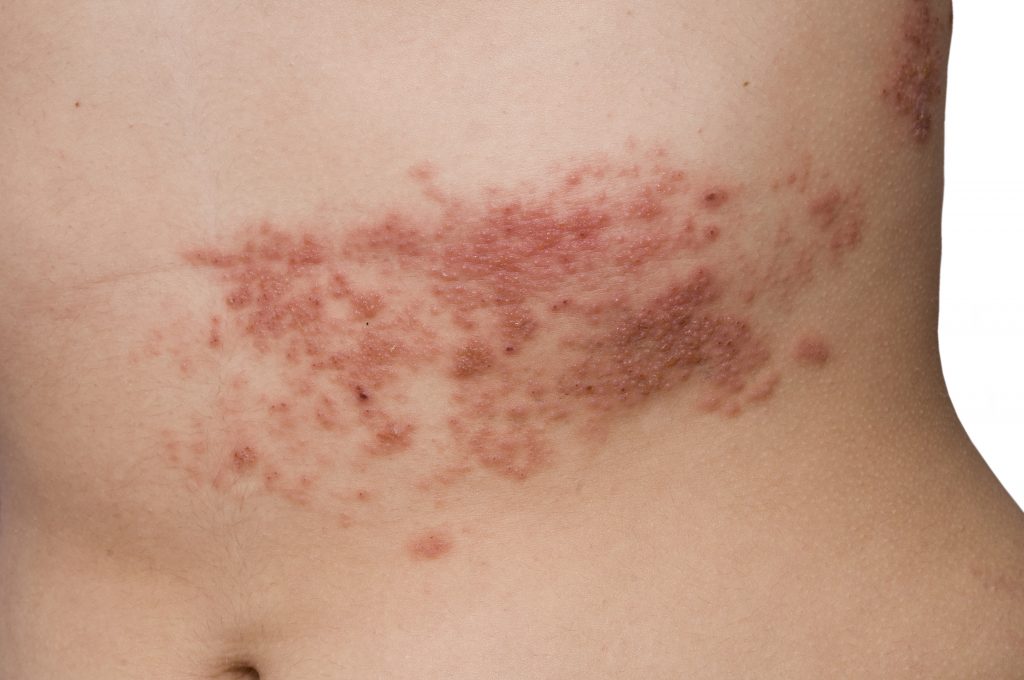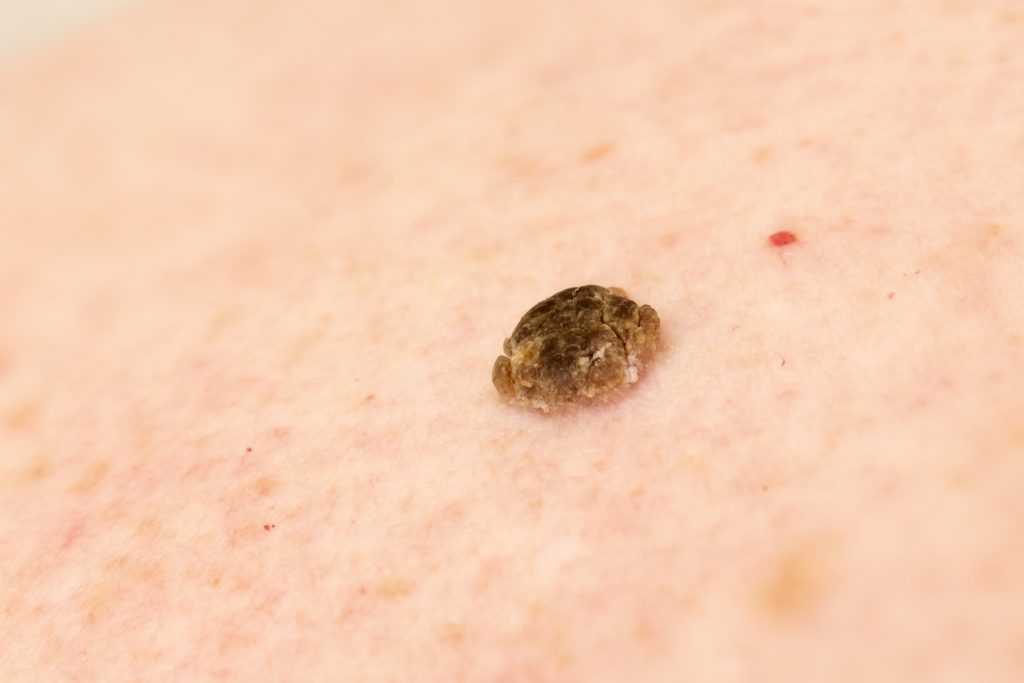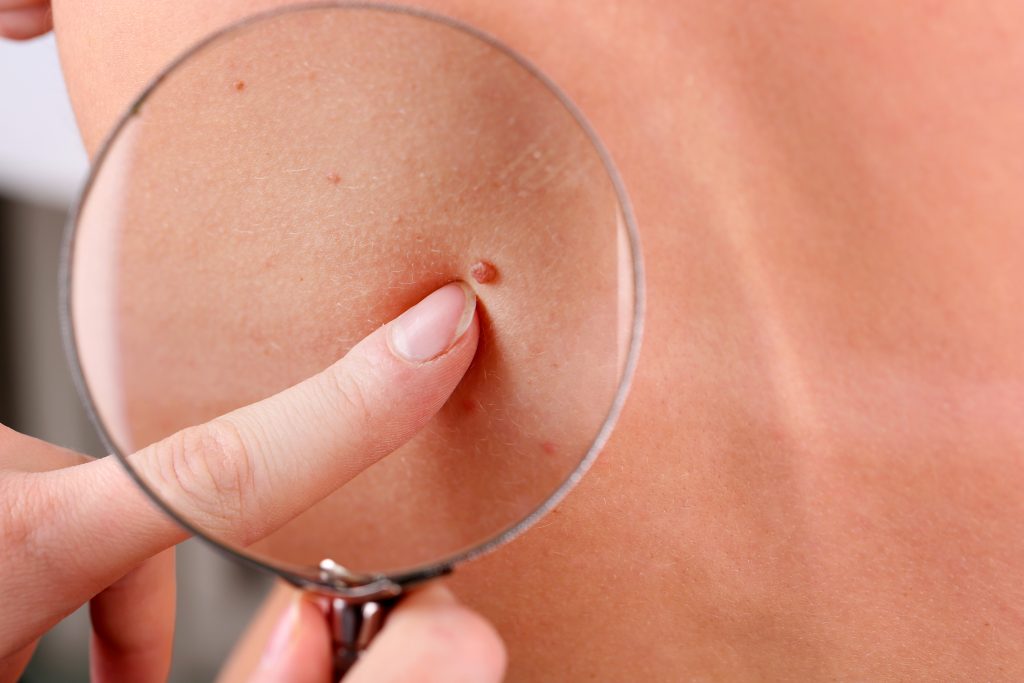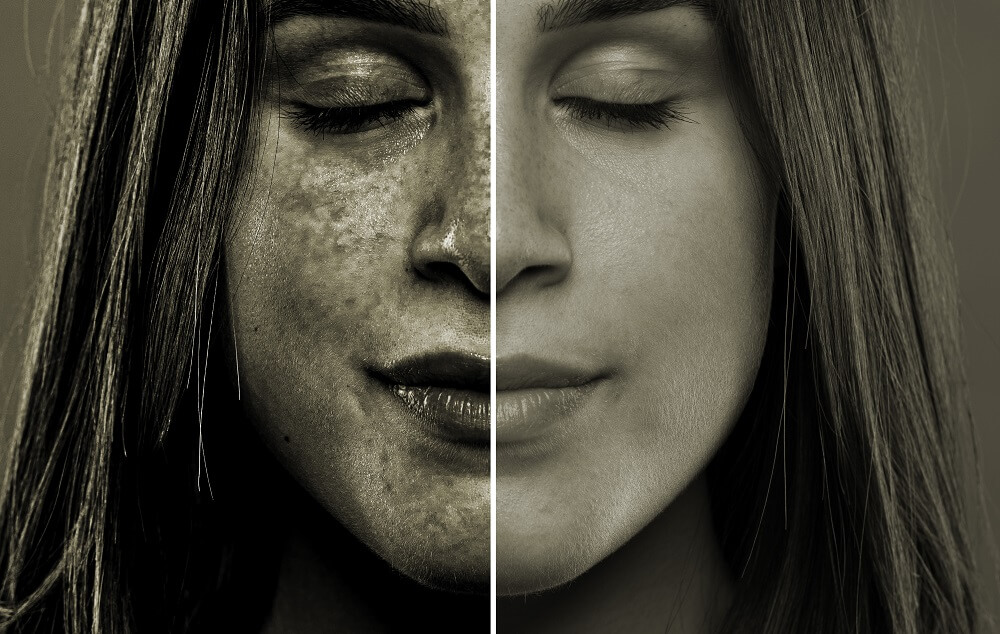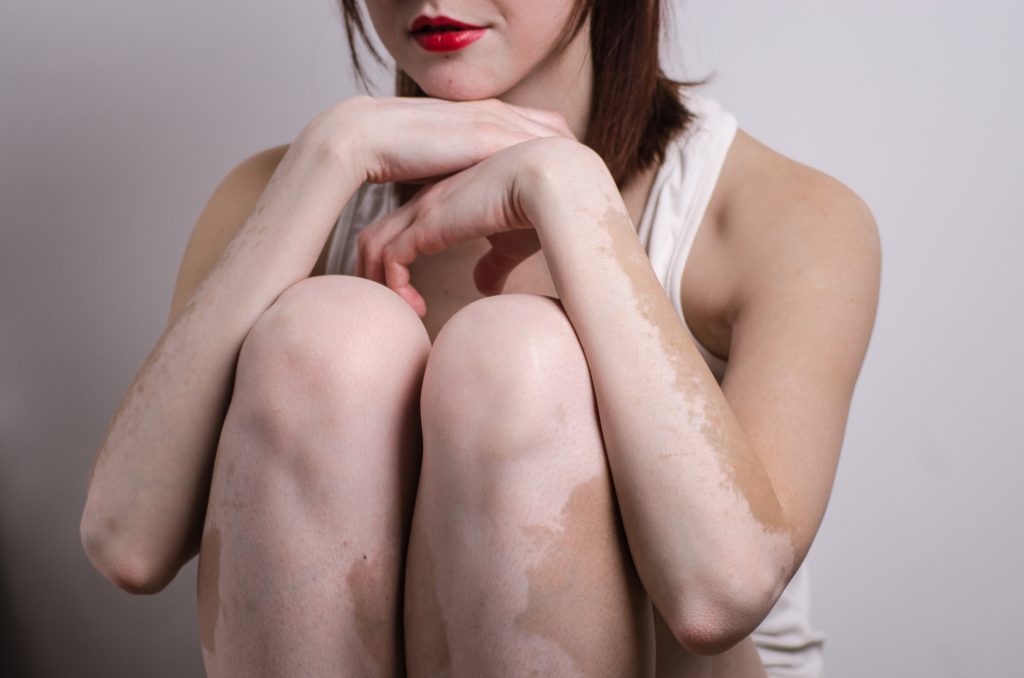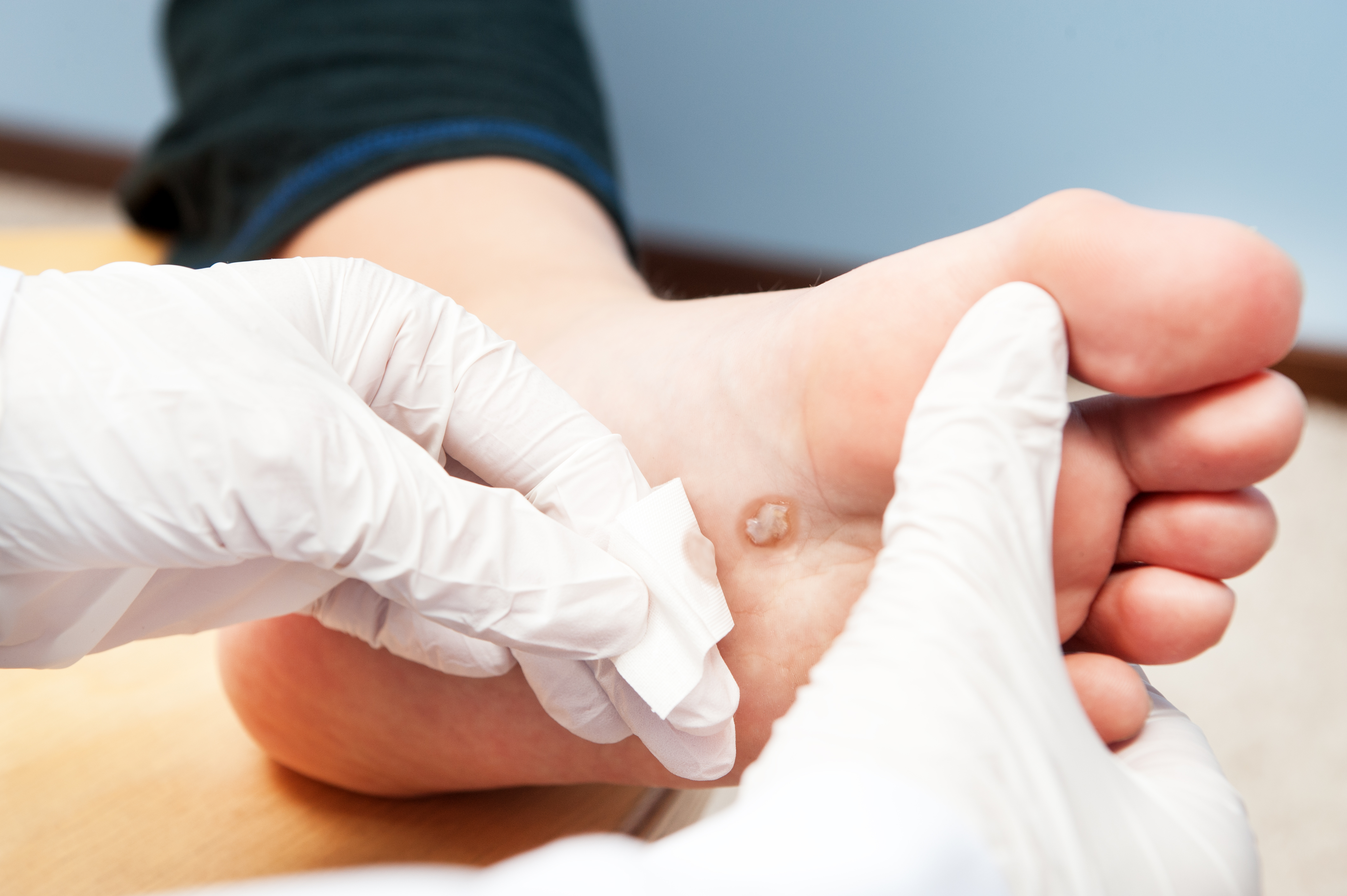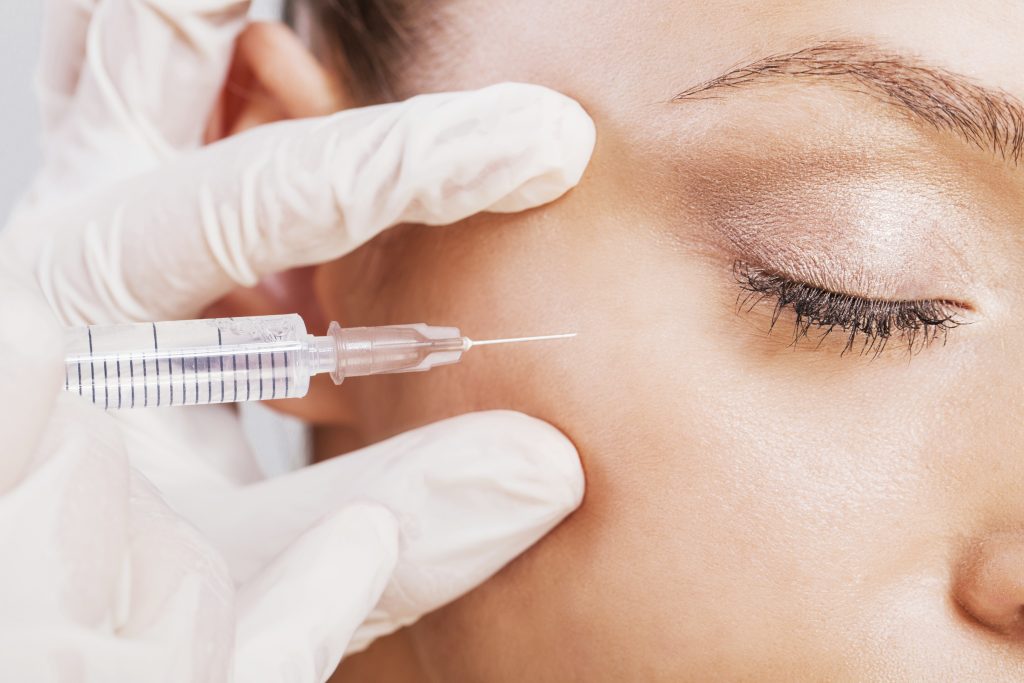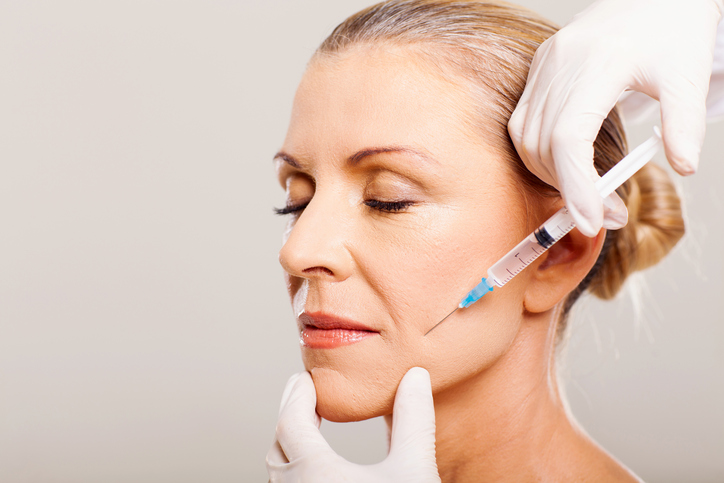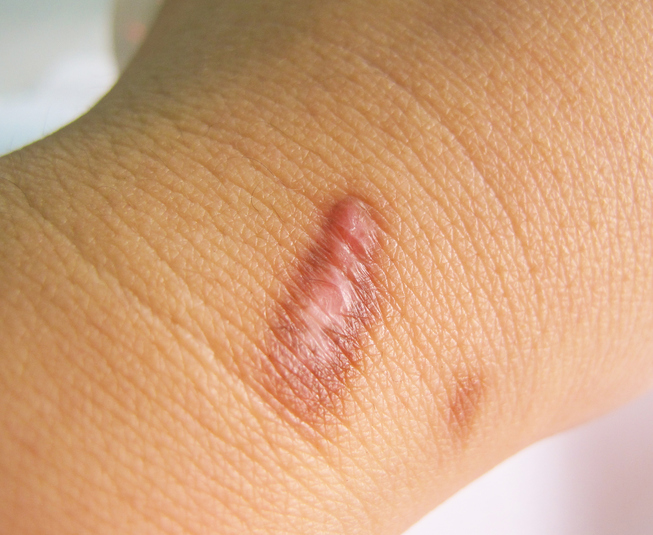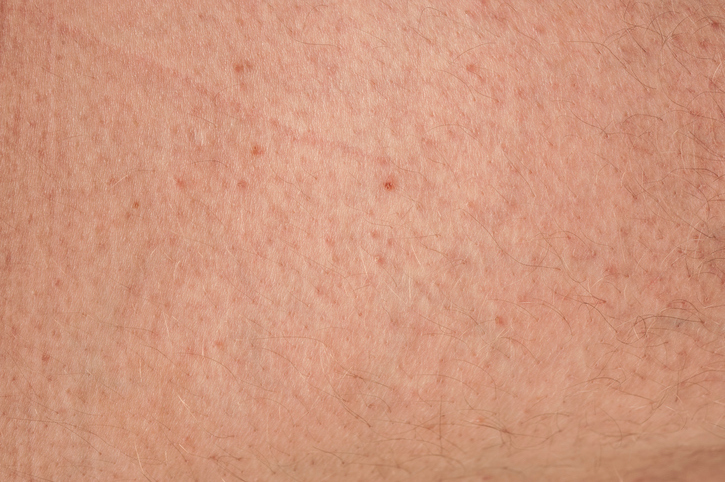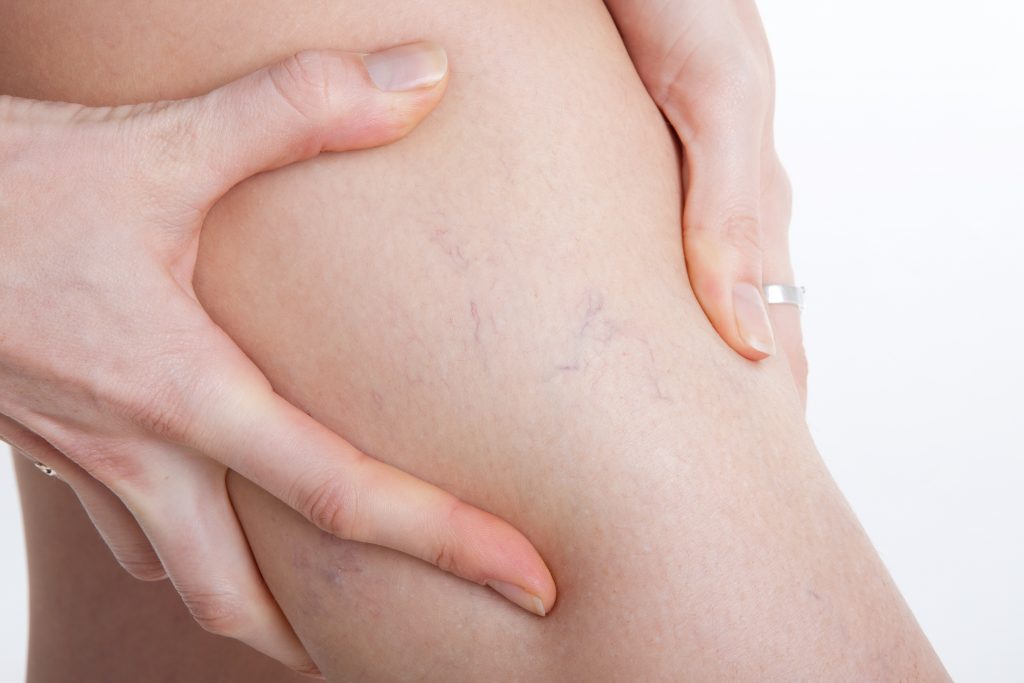Lindsay Ackerman, MD, is a board-certified dermatologist who practices with the objective of treating each patient as an individual with unique needs. It is her goal to provide compassionate and effective care in an environment that encourages each patient’s understanding of his or her disease and its management. Dr. Ackerman welcomes a diverse group of patients with general dermatology needs or conditions that require subspecialty expertise.
Dr. Ackerman founded Medical Dermatology Specialists Phoenix, now a part of U.S. Dermatology Partners, in the fall of 2008. She received her Doctorate of Medicine from the University of Arizona College of Medicine in Tucson, Arizona. She completed her dermatology training at Tulane University in New Orleans, Louisiana, and followed this training with the completion of an advanced fellowship in immunodermatology and clinical education. During her fellowship, Dr. Ackerman also worked as a clinical instructor in the Tulane Department of Dermatology. Currently, Dr. Ackerman participates in the training of primary-care resident physicians in the Phoenix area.
In addition to Dr. Ackerman’s dedication to the daily practice of dermatology, she is committed to the future of the specialty. Dr. Ackerman has spoken on various topics locally, nationally and internationally, and she has had the privilege of serving in the following national leadership positions:
- Clinical Associate Professor of Medicine for the University of Arizona
- Dermatology Foundation Leader’s Society State Chair, Arizona
- American Academy of Dermatology Alternate Delegate to the American Medical Association’s (AMA)
- Women’s Dermatologic Society Ethics Committee member
- Arizona Dermatology and Dermatologic Surgery Society founding member and board member
- American Academy of Dermatology Telemedicine Task Force
- American Academy of Dermatology ad hoc Task Force on Physician Extenders
- American Academy of Dermatology Mentorship Committee
- Women’s Dermatologic Society Resident Representative
- American Academy of Dermatology Resident and Fellows Committee
Dr. Ackerman has been the recipient of many honors from Tulane University, the American Academy of Dermatology, American Medical Association, the Women’s Dermatologic Society, the American Society of Dermatologic Surgery, the University of Arizona and the University of Pennsylvania.
Hospital Privileges:
- Banner University Medical Center – Phoenix, Arizona
- Joseph’s Hospital and Medical Center – Phoenix, Arizona
Additional Languages
-
Spanish
Specialties and Affiliations
- American Academy of Dermatology
- American Medical Association
- Medical Dermatology Society
- Society for Dermatology Hospitalists
- US Cutaneous Lymphoma Consortium
- Hidradenitis Suppurativa Foundation
- American Society of Dermatologic Surgery
- Dermatology Foundation
Dr. Ackerman is committed to her work in clinical practice, patient advocacy, and in sustaining a healthy future for the specialty of dermatology. “I have great pride in the work we do at Medical Dermatology Specialists and am honored to lead in several aspects of organized medicine,” she says. In addition to the pride brought by her passion for her profession, she is enriched by the love for her family, as a wife and mother of three.
Badges and Awards
Featured Articles
- ‘I Used Google Lens To Check for Skin Cancer—Here’s What Happened’
- The 100 Best Doctors in Arizona for 2024
- A Clinical Approach: New Medical Research Hubs in the Valley
- Q&A: U.S. Dermatology Partners Launches Research Institute For Testing, Treatment Options
- Currents: Practice Success: Keys to Reaching a Higher Level
- Novel Approaches to Nonmelanoma Skin Cancer
Featured Blogs
- Understanding Vitiligo: Causes, Symptoms, and Treatment Solutions
- Navigating Eczema: How a Dermatologist Can Help Manage Atopic Dermatitis
- PHOENIX Magazine Recognizes Three U.S. Dermatology Partners Physicians as Top Doctors
- U.S. Dermatology Partners Expands With Medical Dermatology Specialists Partnership


